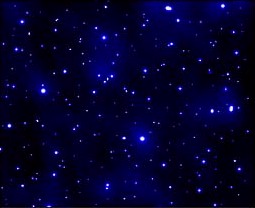
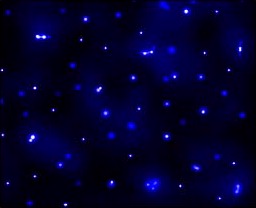
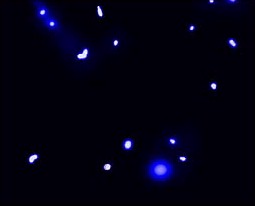
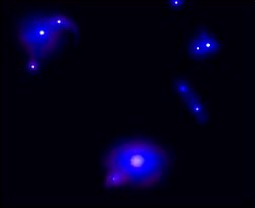
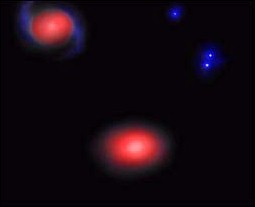
The elliptical and the spiral galaxies with old red stellar populations in their centers form first, and the spiral galaxy discs form later from infalling surrounding gas.

|

|
| After 0 - 0.5 billion years -- starting out with a very smooth distribution of matter directly after the Big-Bang, gravity of the more massive clumps of stars starts to attract more matter. | After 0.5 - 1 billion years -- larger clumps grow from merging of smaller ones. |

|

|
| After 1 - 2 billion years -- after growing to a fraction of the size of our own Galaxy, the clumps are large enough for the Hubble Space Telescope to see them. | After 2 - 4 billion years -- larger irregular looking objects form through collisions and mergers between these sub-galactic sized clumps. |

|
|
|
After 4 - 13 billion years -- galaxies as we see them today form, and take their final shapes. The elliptical and the spiral galaxies with old red stellar populations in their centers form first, and the spiral galaxy discs form later from infalling surrounding gas. |
|
Credit: Sam Pascarelle (Arizona State University).
A simulation depicting galaxy formation is available at the
STScI WWW server.
Updated: December 4 '96
Best seen with MS Internet Explorer.
Back: Hubble sees Early Building Blocks of Today's Galaxies
Messages: